Introducing our 2021 Recipe of the Year
Perfectly Pillowy Cinnamon Rolls are the ultimate soft touch
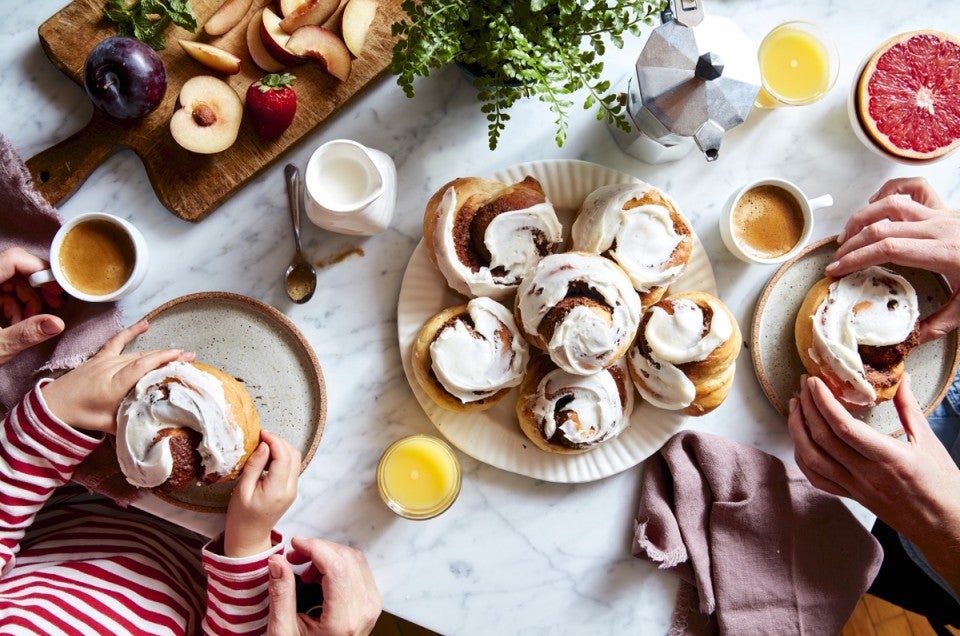

 What are the first words that come to mind when you think of the ideal cinnamon roll? Soft, warm, cinnamon-y, melt-in-your-mouth, soft … soft … soft!
What are the first words that come to mind when you think of the ideal cinnamon roll? Soft, warm, cinnamon-y, melt-in-your-mouth, soft … soft … soft!
Who likes a hard, dry cinnamon roll — no one, right? Yet that’s exactly what so many fresh, soft homemade cinnamon rolls become within hours of being pulled from the oven. Unfortunately, their pillowy texture is as ethereal as rain in the desert.
Early last year we decided to tackle the perennial challenge of the “perfect” cinnamon roll, one with excellent flavor (that’s a given), but also one whose texture remains stable for days rather than hours. So, how best to reach that goal?
Thinking, testing, re-thinking, and testing again, our test kitchen team gradually identified certain key ingredients and steps that contribute to a cinnamon roll’s long-lasting softness. Ultimately, putting all of that information and work together spelled success — a recipe worthy of its name and title:
Perfectly Pillowy Cinnamon Rolls: our 2021 Recipe of the Year
What makes this cinnamon roll recipe different than any other recipe out there? How do these delicious rolls stay soft for days without any of the chemical preservatives used in store-bought packaged cinnamon rolls? Keep reading and we’ll reveal their secrets!
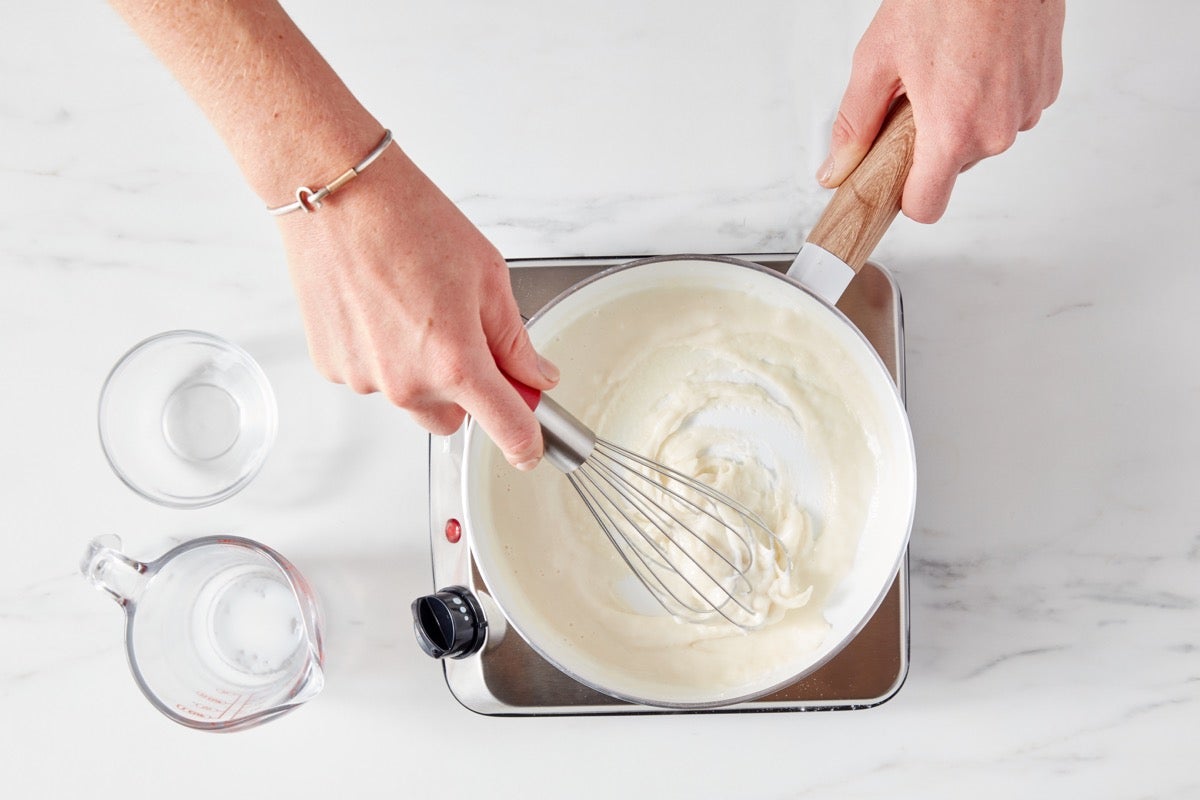
With origins in Japan's yukone (or yudane), tangzhong is a technique popular across Asia that involves pre-cooking some of a yeast bread recipe's flour and milk. This step lends long-lasting softness to any kind of bread — and these rolls are no exception. Pre-cooking just a small amount of the recipe’s flour pre-gelatinizes the flour’s starches, which increases their ability to retain liquid — thus enhancing the resulting rolls’ softness and shelf life.
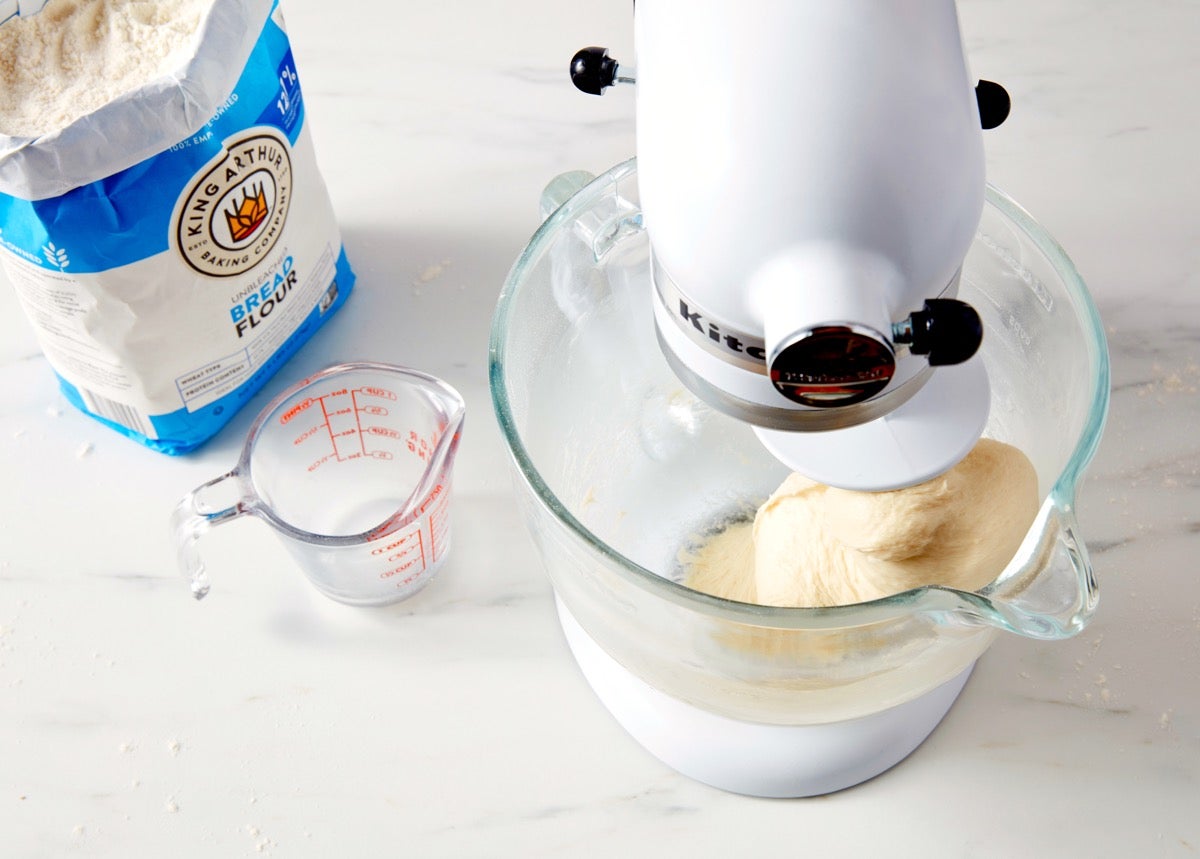
Bread flour has more protein than all-purpose flour, which means it can absorb and hold more liquid while still maintaining the structural integrity of the rolls. More liquid translates to softer rolls that stay that way longer.
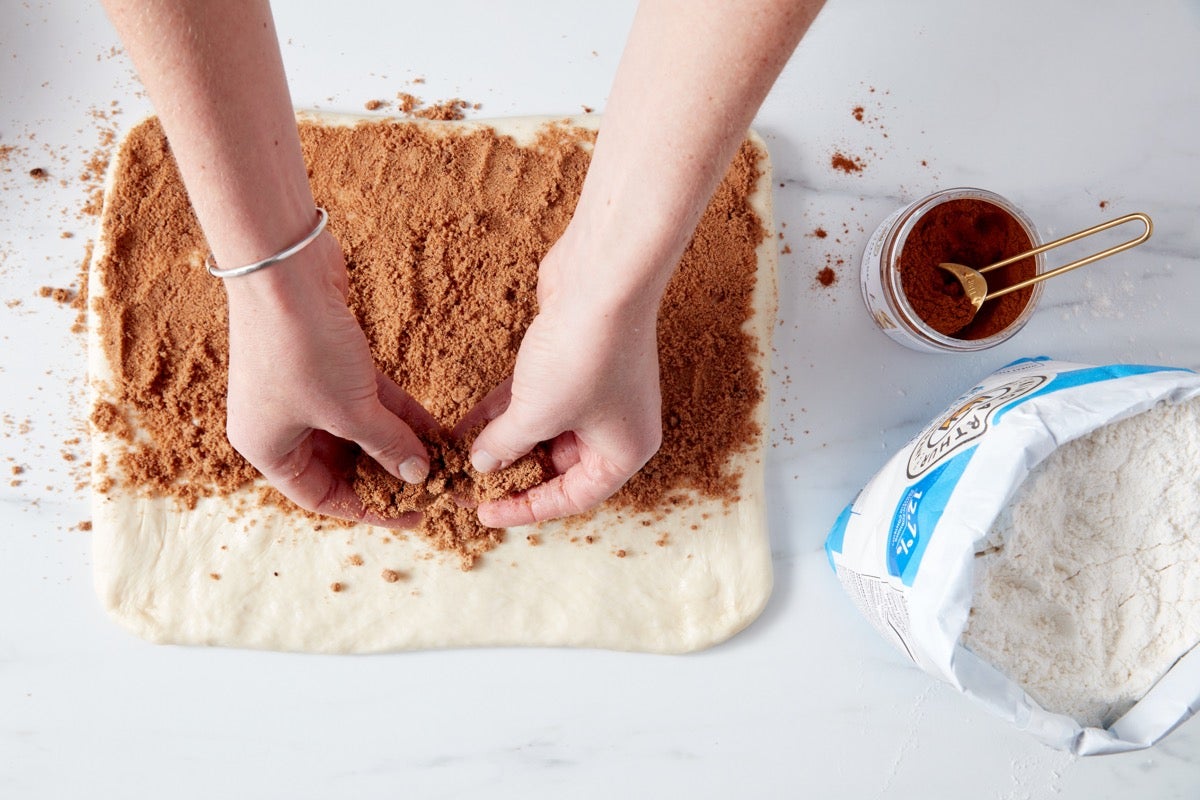
Sugar is hygroscopic, which means it attracts and holds onto liquid. The sugar in yeast dough grabs as much liquid as it can, leaving the surrounding dough dry by comparison. Thus the more sugar you add to yeast dough, the more it’ll “hoard” any liquid in the dough, and the drier the final rolls or bread will be.
Letting the filling and icing do the heavy lifting in the sweetness department (and keeping the dough itself minimally sweetened) is an important step in ensuring these rolls are as moist and soft as they can be.
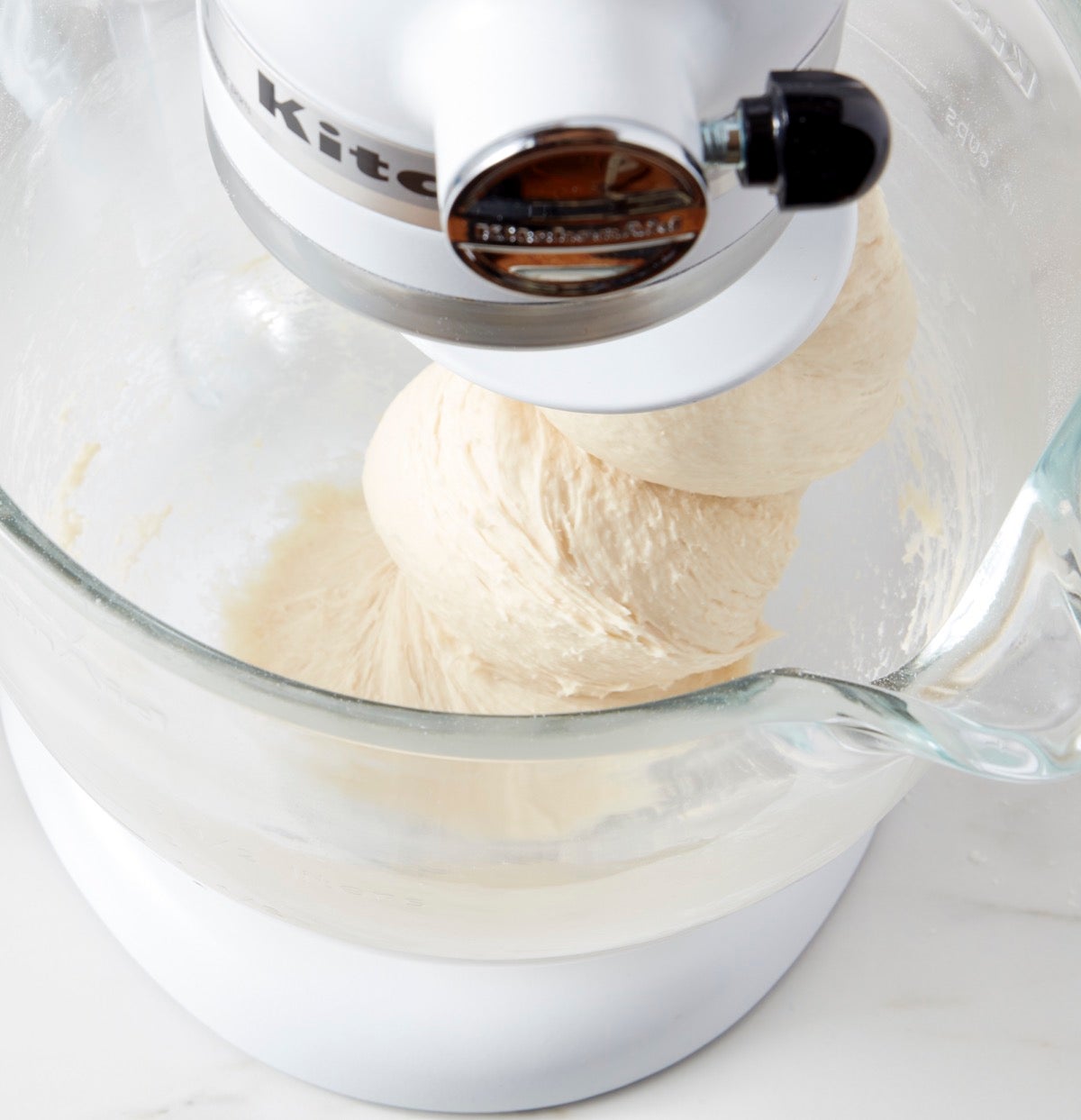
The dough for these rolls is quite soft and somewhat sticky. Please don’t add additional flour to “cure” this stickiness; it’s deliberate. The more flour you add to yeast dough — either when mixing it initially, or while kneading and shaping — the drier your rolls or bread will be.
It makes sense, right? More flour means the flour/liquid ratio veers toward dry rather than moist. And dry translates to hard, while moist equals soft. Want soft rolls? Hold back on any extra flour.
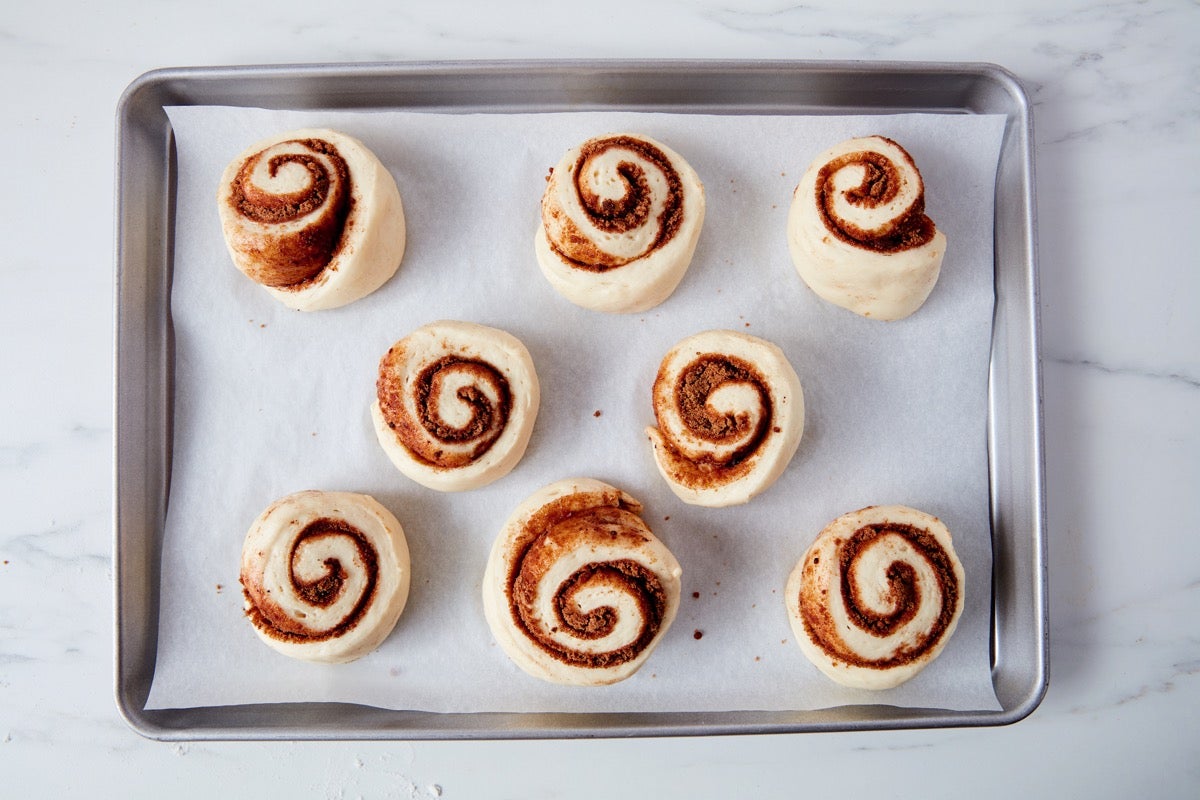
Our new cinnamon rolls are baked freeform on a baking sheet, which flies in the face of the usual cinnamon roll baking method: rolls squeezed into a cake pan like riders on a crowded subway car. What difference does baking method make in their softness?
First, the absence of hot metal sides reining in the rolls means they’re less likely to develop hard, crusty edges. Whereas typically only the cinnamon roll in the very center of the pan will remain soft, a batch of freeform rolls (so long as they’re not overbaked) will be soft throughout.
Second, allowing the rolls to rise freeform, without constriction, means they can expand to their full, generous size — which in turn enhances their pillowy texture.
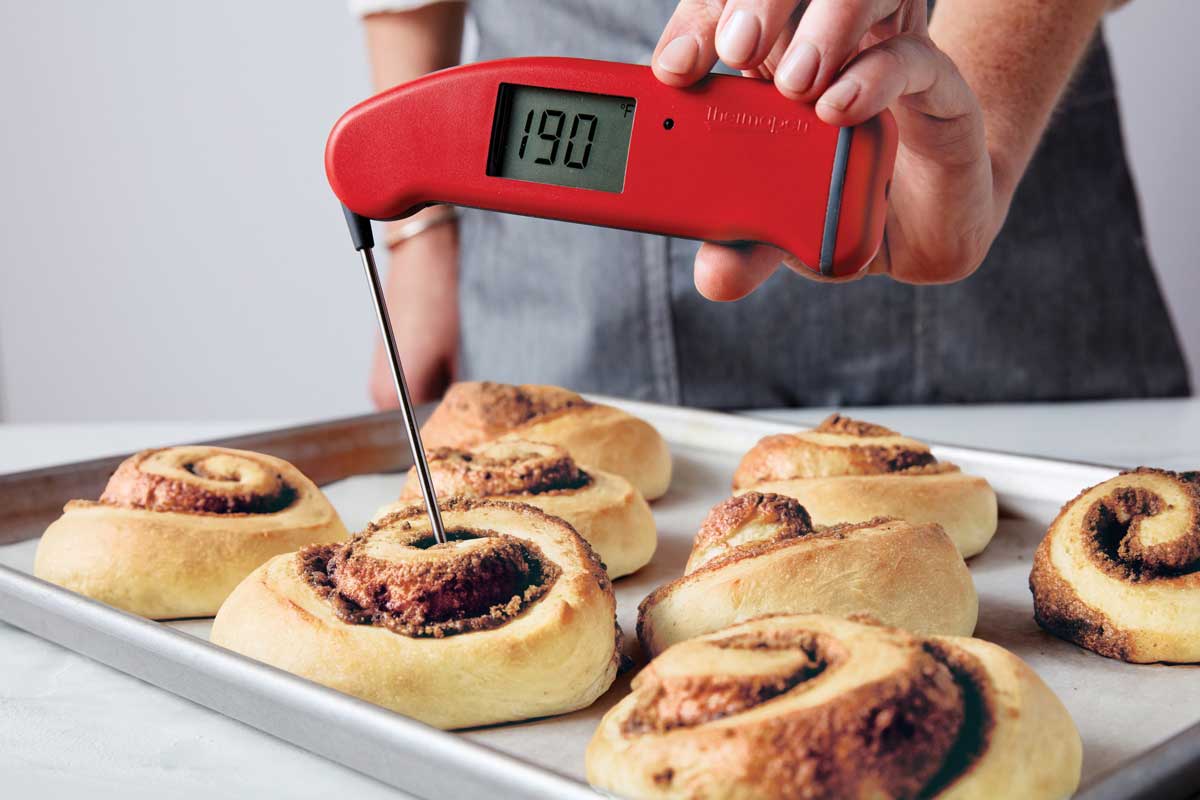
Keep your eye on these rolls as they get close to the end of their designated baking time. You want to take them out when they’re just done, and not a moment later. Baking the rolls beyond the point where their interior is set simply drives out moisture, resulting in dry rolls.
What’s the best way to gauge this sweet spot? If you have a thermometer, a roll should register 190°F at its center. Poke one of the rolls around the center; it should feel dry (not at all tacky), but still be very soft. Your finger may actually leave an impression that doesn’t spring back.
Ordinarily you’d think, “Well, let me give these a few more minutes, until they’re nice and brown.” Don’t do it! In this case, deep-gold rolls signal overdone rolls. Don't worry about their fragile texture; they’ll continue to bake (for a brief time) once you take them out of the oven, then will firm up as they cool.
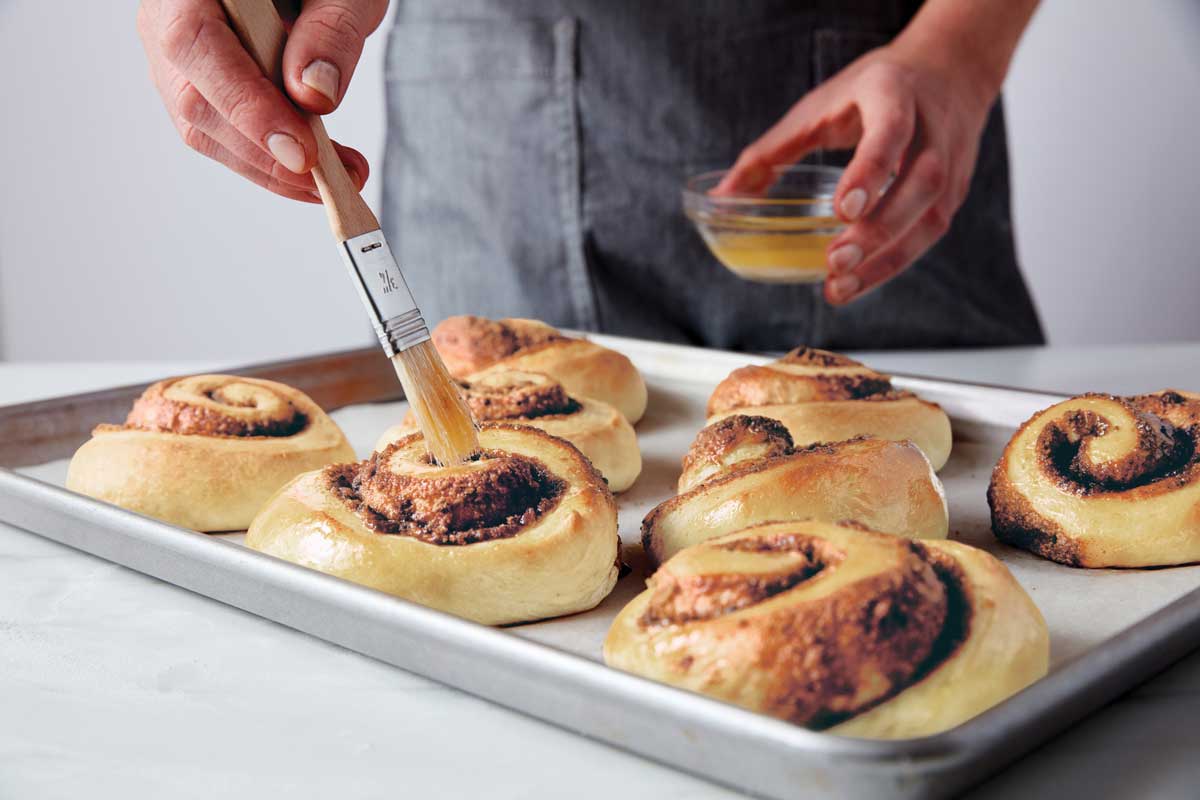
What yeast roll isn’t improved by brushing with butter? A layer of melted butter atop these rolls applied while they’re warm seeps through their coils into the interior, where it adds its own moisture. As the butter cools it also seals the surfaces of the roll somewhat, helping prevent liquid evaporation.
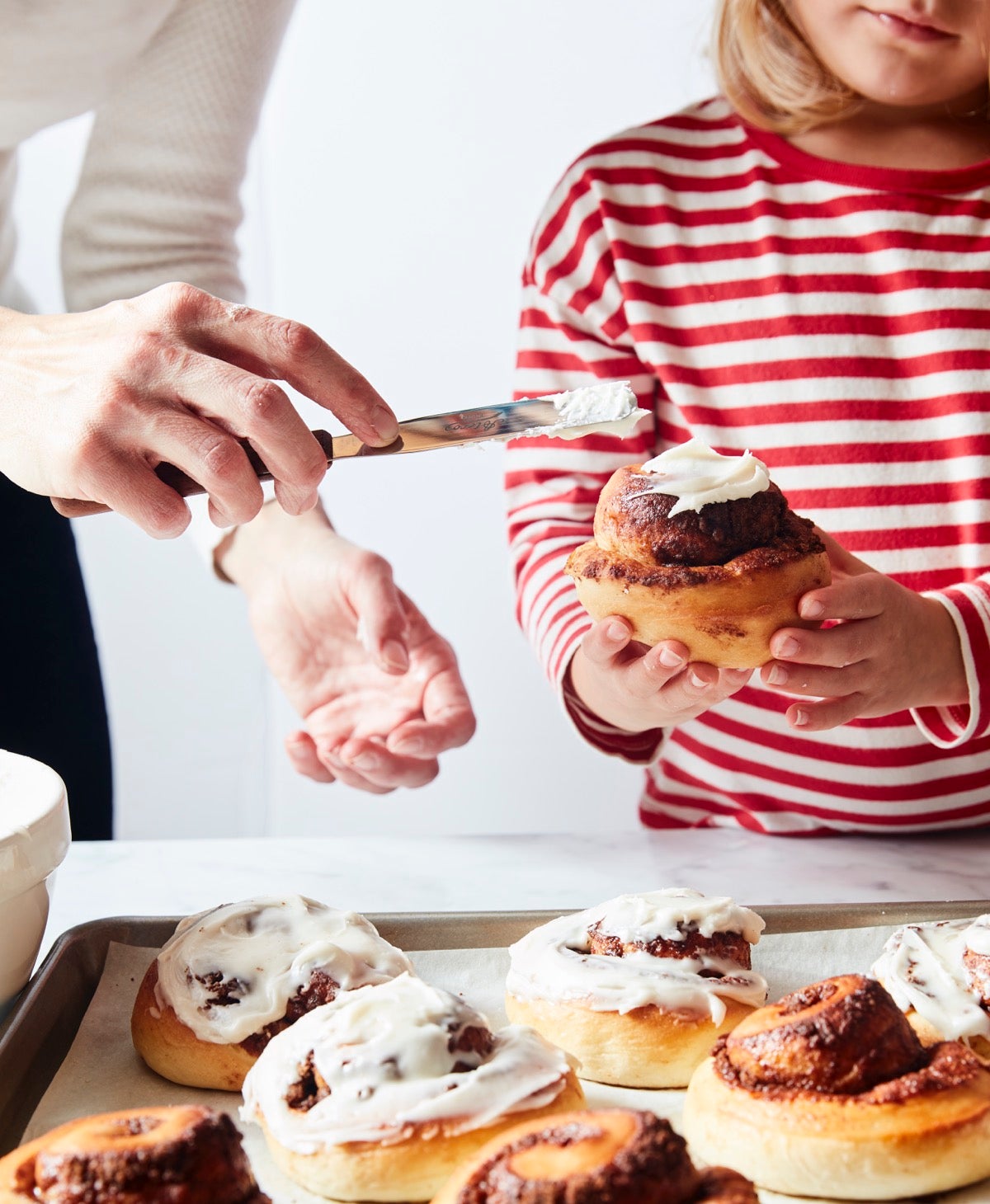
Remember, sugar is hygroscopic — and it’s not just the sugar in the dough that can lead to a dry, hard roll.
Frosting contains a high percentage of sugar, and once you apply it to your rolls it’ll start grabbing any liquid it can from their surface. As surface moisture is absorbed into the frosting, more liquid from the rolls’ center migrates to the crust to replace it — and before you know it, your frosting has successfully dried out your rolls!
So, tempting though it might be to slather frosting atop all of your oven-warm rolls, we suggest frosting only those that’ll be consumed immediately. If you’ll be enjoying the rolls later — say, more than an hour after you’ve made them — it’s best not to frost until right before serving.
Luckily, the frosting is very shelf-stable; once you’ve iced your “right-away” rolls, simply place the remaining frosting in a small covered container and leave it at room temperature for up to several days. The frosting will slowly dry out and stiffen up, but a quick trip through the microwave will return it to its original soft state.
Be sure to let the just-baked rolls cool for about 10 minutes before frosting. They're quite fragile right out of the oven, and you don't want to damage their shape while handling.
Please don't store baked rolls in the fridge. Your refrigerator is expert at drying out yeast bread and rolls of all kinds. Instead, store these lovely soft rolls, lightly wrapped in plastic or in an airtight container, at room temperature for several days. For longer storage, wrap the baked (but unfrosted) rolls securely and freeze.
Many of you enjoy making and shaping cinnamon rolls the night before you want to serve them, then refrigerating overnight and baking the next morning. There's no need to go through that process with these rolls: they'll stay nice and soft for at least three days after they're baked. We've found the best way to enjoy our new cinnamon rolls for breakfast is to bake them the day before, store them tightly sealed (and un-iced) at room temperature overnight, then the next morning re-warm them, tented with foil, in a 300°F to 350°F oven for 5 to 10 minutes. Spread with icing and enjoy.
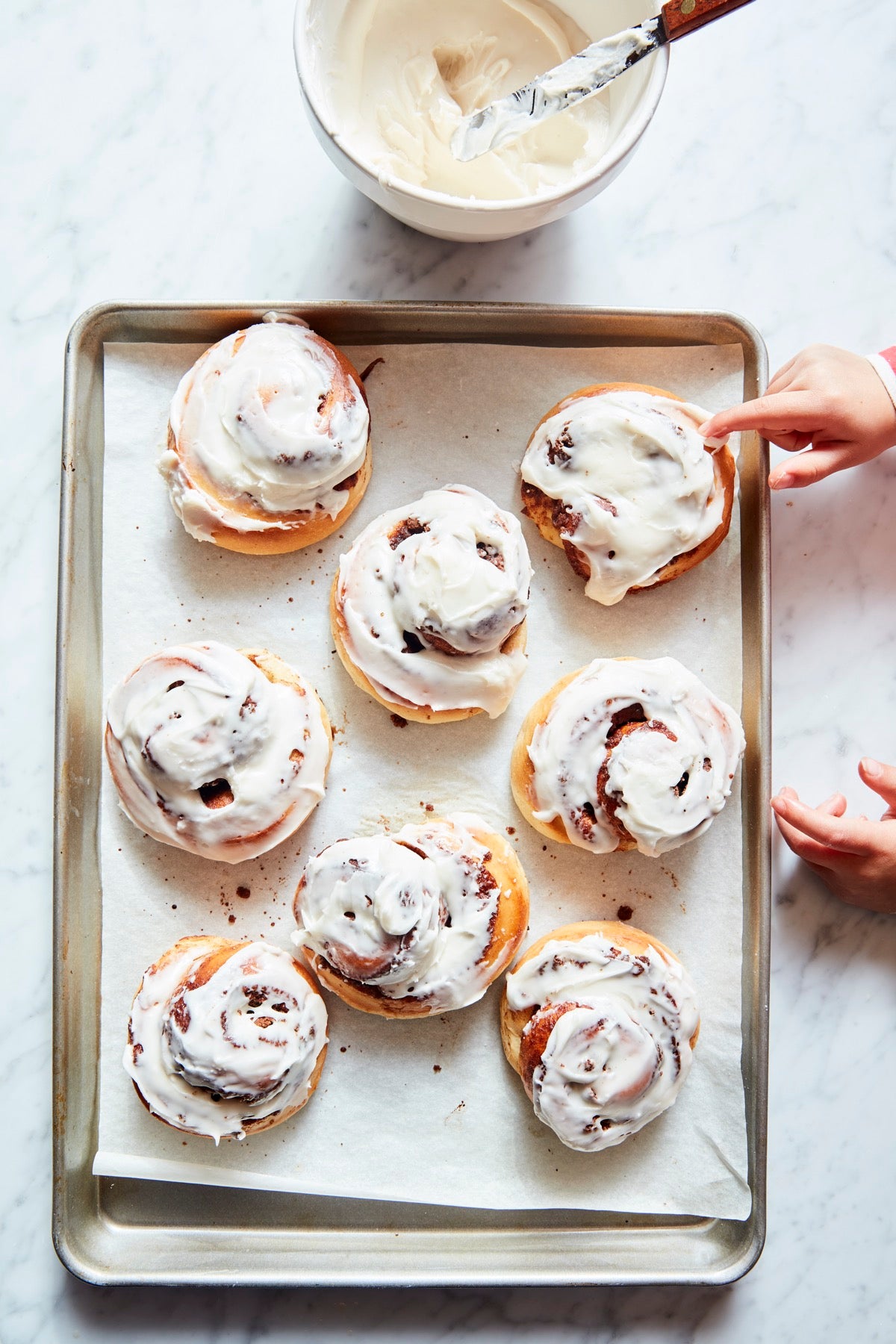
Run, don't walk, to the kitchen to give Perfectly Pillowy Cinnamon Rolls a try. Believe it or not, you'll have these yummy rolls on the table in under 3 hours, start to finish. What are you waiting for?